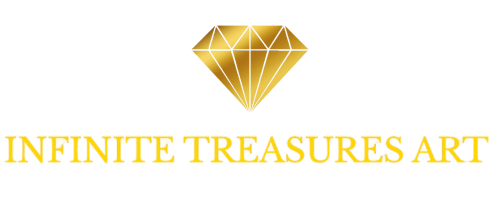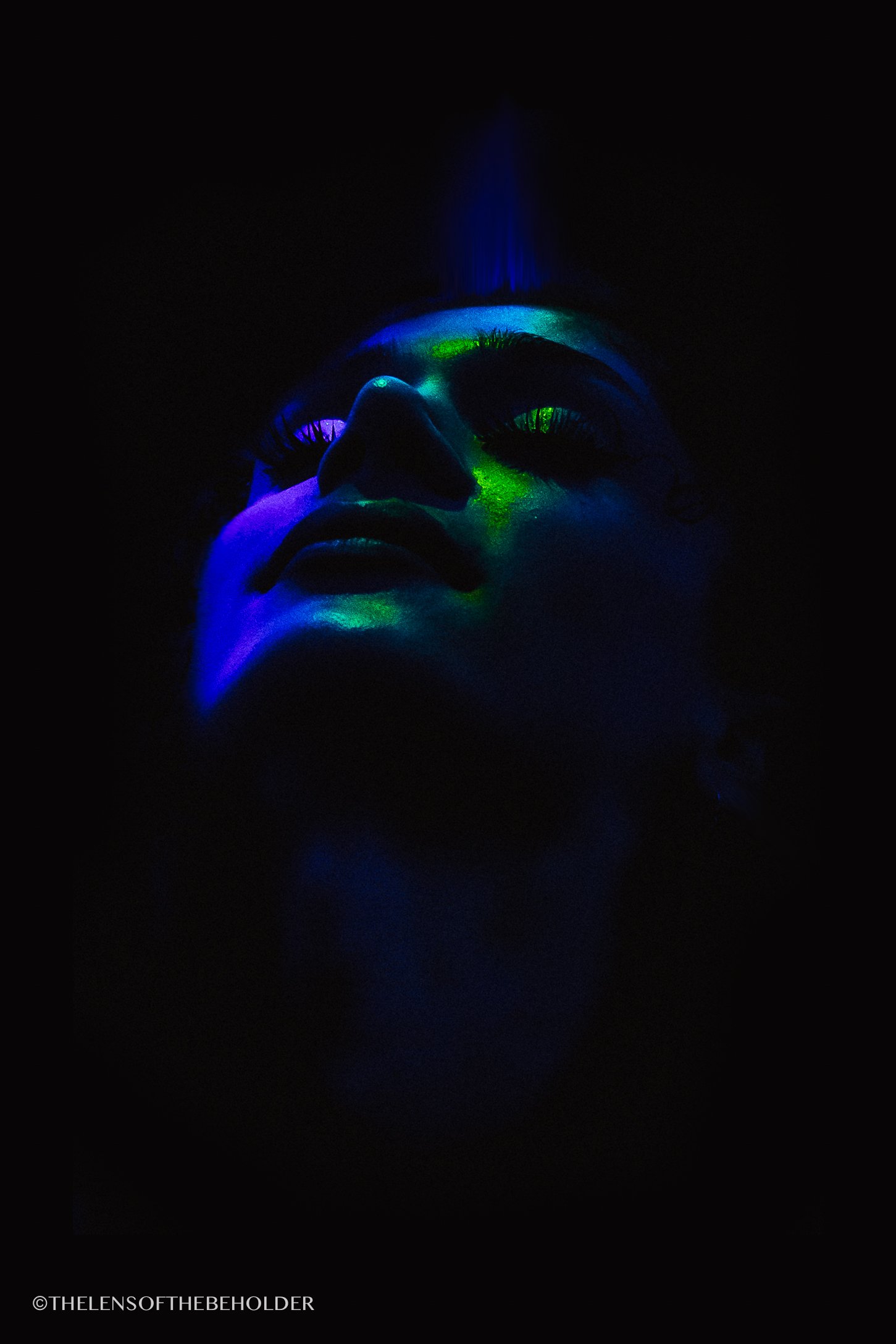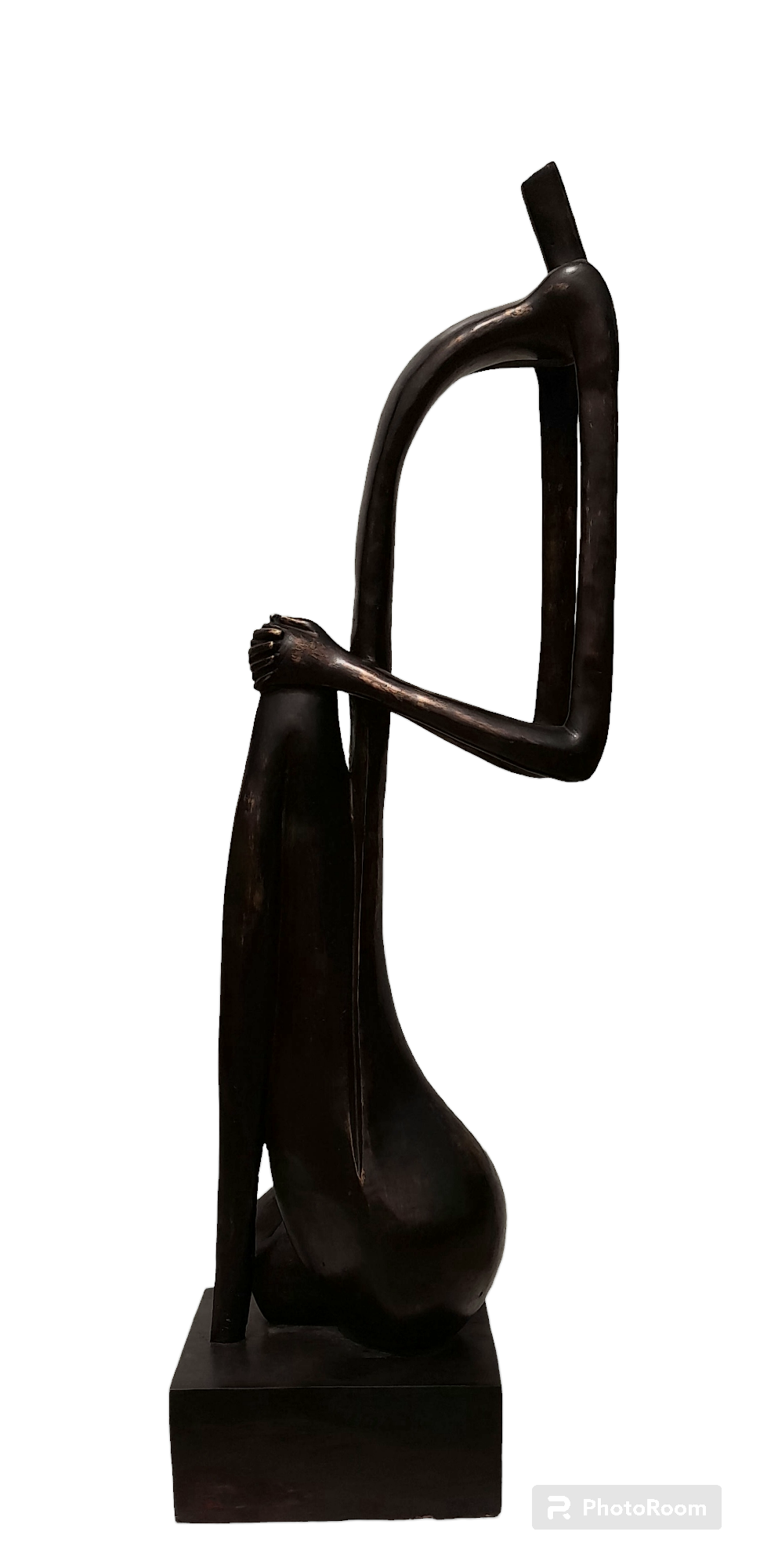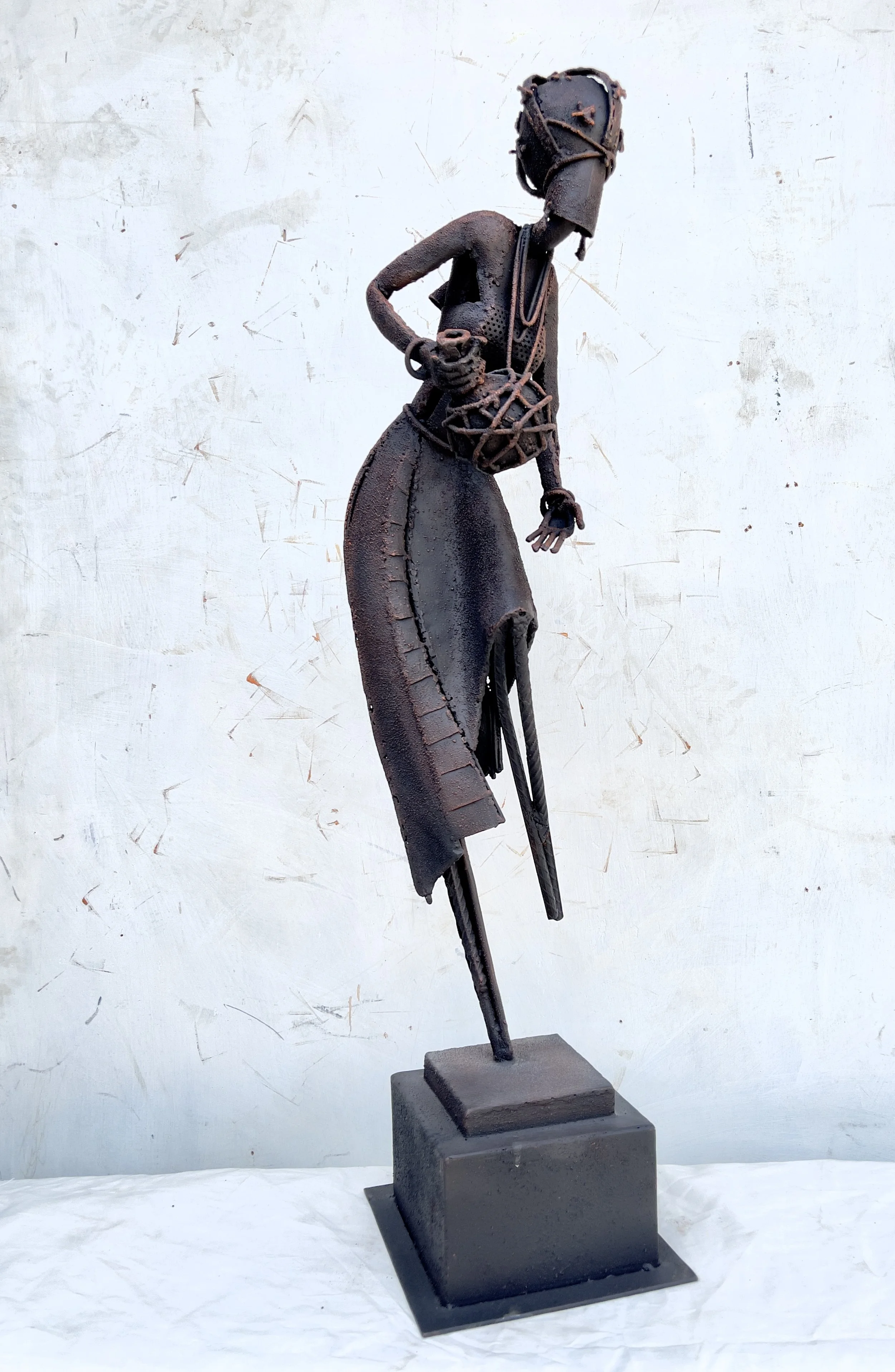Why Provenance Matters: Rebuilding Trust in the African Art Market
“Verified. Documented. Respected.”
Why Provenance Is the Foundation of African Art’s Global Future
In the global art world, trust is currency. And at the core of that trust lies a single, powerful concept: provenance.
Provenance refers to the documented history of an artwork—who created it, who has owned it, where it has been exhibited, and how it has changed hands. It is more than a receipt; it is the storyline of authenticity, a record that gives collectors confidence, adds institutional weight, and protects the long-term value of a piece.
In many parts of the world, provenance is non-negotiable. But in the African art market, it has often been inconsistent or overlooked—and this gap has done lasting damage to trust, value, and visibility.
The Cost of Missing Provenance
According to the Deloitte Art & Finance Report, over 82% of collectors and 91% of wealth managers list provenance as a top factor in determining whether or not to purchase a work. The absence of verifiable provenance can reduce the perceived value of an artwork by 25% or more, especially in institutional or investment-driven spaces.
According to research from the TEFAF Art Market Report (2017) and Deloitte’s Art & Finance Report (2021), artworks with verified provenance can command 25–40% higher prices at auction compared to those with unclear or missing documentation. This aligns with findings from the Art Basel & UBS Global Art Market Report (2023), which highlight provenance as a key driver of buyer trust and long-term value in the art world.
Sources: TEFAF Art Market Report, Deloitte Art & Finance Report, Art Basel & UBS Global Art Market Report, 2023.
For African art—a field already underrepresented on the global stage—this poses a serious challenge. The absence of formal documentation has:
Undermined buyer confidence
Prevented works from entering major collections and auctions
Enabled exploitation through forged works and untraceable resales
Slowed the growth of African artists' reputations and legacies
Without provenance, even the most powerful artworks can fall flat in the eyes of global stakeholders.
A Gap Rooted in History and Informality
The lack of reliable provenance in African art is not due to a lack of greatness—but often, a lack of infrastructure. For decades, many African artists sold works through informal means, with little or no paperwork. Documentation was seen as unnecessary, or simply inaccessible.
Combine this with colonial-era theft, looting, and the absence of centralized archival systems, and the result is a market struggling to prove its own credibility—despite the overwhelming quality of its output.
The Infinite Treasures Approach: Provenance With Purpose
At Infinite Treasures, we believe that art built on truth deserves to be carried with trust.
That’s why every artwork we represent comes with verified provenance. We work directly with artists and their studios, documenting:
Artist origin and biography
Title, medium, and materials
Creation date and story
Certificate of authenticity
Chain of custody (where applicable)
We do not treat provenance as an afterthought. We treat it as a pillar of integrity.
For our collectors, this means peace of mind. For our artists, it means legacy protection. And for the global art community, it means that African art can stand with the full credibility it deserves.
““Without provenance, art becomes orphaned from its truth.””
Why This Matters Now
As the global appetite for African art grows, so too does the scrutiny. Major galleries, museums, and institutional collectors want assurance. They want stories backed by substance.
This is the moment for African art to take its place—not just through cultural value, but with market confidence and historical accuracy.
Infinite Treasures serves as a safe and sturdy bridge between the artist and the collector. We help carry African art with the dignity, clarity, and structure that the global market respects.
Because when provenance is in place, African art is not only seen.
It is trusted. It is valued. It is preserved.
Support African art with integrity
Photography | Limited Edition Giclee Print
Bronze Sculpture
Welded metal






